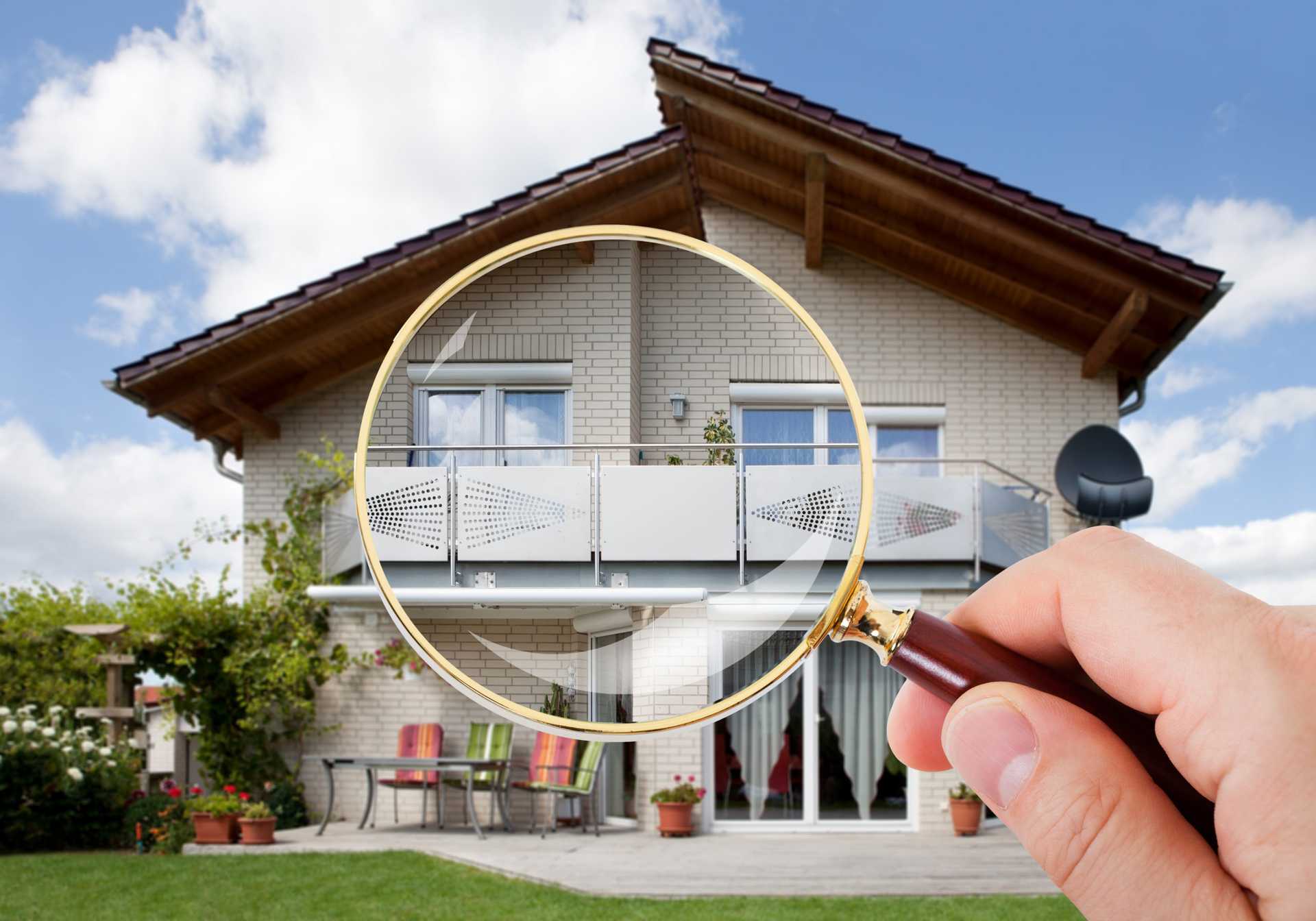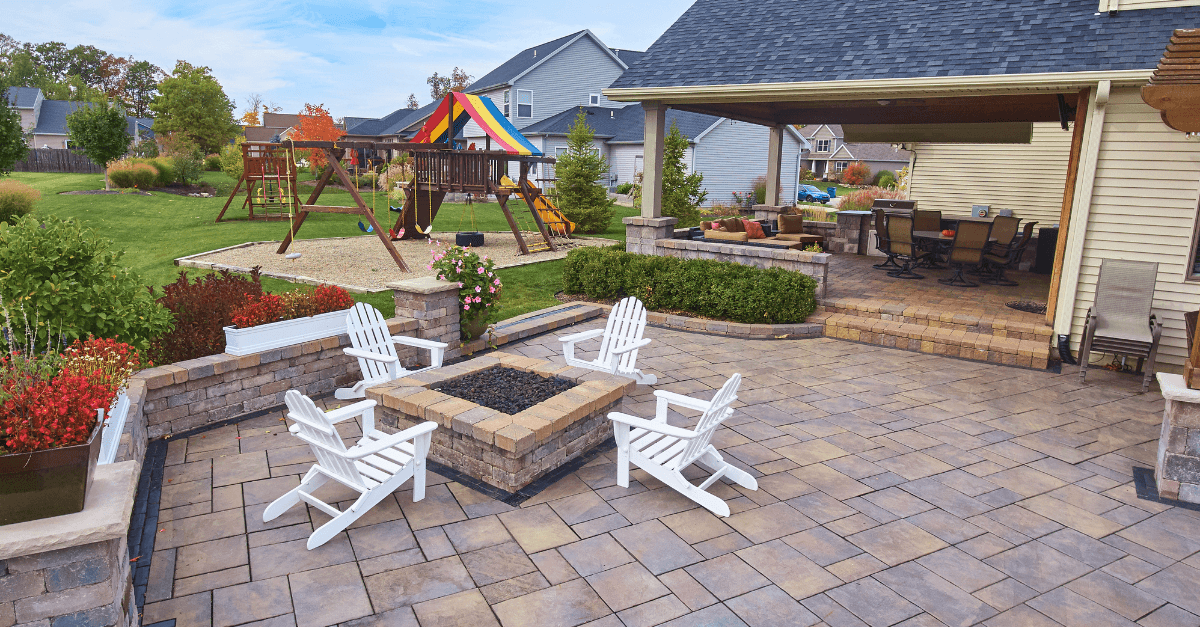10 Issues Homebuyers Should Watch for Before Making an Offer

Buying a home is among the most significant investments you’ll ever make, so it’s essential to make sure that you’re making a sound decision. Before making an offer, it’s critical to identify any potential problems that could cost you money. Here are 10 issues homebuyers should watch for before making an offer on a home and how to check for them.
#1. Roofing issues
The roof is a critical component of a home, and any issues can be costly to repair. Signs of roofing issues include missing or damaged shingles, sagging or uneven areas, or water stains on the ceiling.
To check for roofing issues, look for visible signs of damage from the ground or use binoculars to inspect the roof up close.
Roof repair costs can vary greatly depending on the extent of the damage. Still, it can range anywhere from a few hundred to several thousand dollars.
#2. Foundation problems
A home’s foundation provides the base upon which the entire structure rests, so any issues can be costly. Signs of foundation problems include cracks in the walls or floors, doors that won’t close properly, and uneven floors.
To check for foundation issues, look for any visible cracks or unevenness in the walls or floors. Also, pay attention to doors that stick or won’t close properly.
Depending on the severity of the problems, it can cost several thousand to tens of thousands of dollars to fix your foundation.
#3. Plumbing issues
Leaking or damaged pipes can lead to water damage, mold growth, and other costly problems. Signs of plumbing issues include low water pressure, slow-draining sinks or tubs, and water stains on the walls or ceilings.
To check for plumbing issues, turn on faucets (including the shower) and flush all the toilets to check for any water pressure or drainage issues. Look for signs of leaks or water damage, and ask the seller if they’ve had any past plumbing issues.
Repairing plumbing issues can range from a few hundred to several thousand dollars.
#4. Electrical problems
Electrical issues can be dangerous and expensive to repair. Signs of electrical concerns include flickering lights, outlets that don’t work, and breakers that trip frequently.
To check for electrical issues, turn on and off all the lights and test all the outlets to ensure they’re working correctly. Look for any visible damage or wear on the electrical panel and wiring.
The cost of repairing electrical issues can vary greatly depending on the severity of the problem. Still, it can range from a few hundred to several thousand dollars.
#5. HVAC issues
Heating and cooling systems are critical to a home’s comfort, and any issues can be costly to repair or replace. Signs of HVAC issues include inconsistent temperatures throughout the house, unusual noises, and high energy bills.
To check for HVAC issues, turn on the heating and cooling systems and ensure they work correctly. Look for any visible signs of wear or damage on the HVAC equipment, and ask the seller if they’ve had any past HVAC issues.
Repairing or replacing an HVAC system can range from a few thousand to tens of thousands of dollars.
#6. Appliance issues
Homeowners should be aware of any appliance issues before making an offer on a home, as repairing or replacing appliances can also be costly. Signs of appliance issues include devices that don’t work correctly, such as a refrigerator that doesn’t cool or a stove that doesn’t heat up.
To check for appliance issues, test all home appliances to ensure they work correctly. Then, ask the seller if they’ve had any past appliance issues, and check for any visible signs of wear or damage.
The cost of repairing or replacing appliances can vary depending on the make, model, and extent of the damage. Still, it can range from a few hundred to several thousand dollars.
#7. Pest problems
Pests such as termites and rodents can wreak havoc on a home’s structure. In addition, they can be difficult and expensive to eradicate. Signs of pest problems include visible signs of damage to the home’s structure, such as holes in the walls or chewed wires, droppings, or other evidence of pest activity.
Check for pest problems by looking for any visible damage or pest activity signs.
#8. Water damage
Water damage, if left unrepaired, can lead to mold growth and other costly problems, so it’s vital to identify any potential water damage before making an offer on a home. Signs of water damage include water stains on the walls or ceilings, musty odors, and visible mold growth.
To check for water damage, look for any observable signs of water stains or mold growth. If you notice something, ask the seller if they’ve had any past water damage.
#9. Structural issues
Structural issues can be costly to repair and can make a home unsafe to live in. Signs of structural problems include visible cracks in the walls or foundation, doors and windows that don’t close properly, and uneven floors.
To check for structural issues, look for any visible cracks or unevenness in the walls or floors, and pay attention to any doors or windows that don’t close properly.
The cost of repairing structural issues can be steep, ranging from several thousand to tens of thousands of dollars.
#10. Neighborhood issues
The surrounding neighborhood can also impact the value and livability of a home. Signs of neighborhood issues include high crime rates, loud noise levels, and unkempt properties.
To check for neighborhood issues, research the area online and in person, and talk to neighbors if possible. Then, drive through the neighborhood at different times of the day to evaluate the noise levels and activity in the area. The cost of living in a community with issues can be challenging to quantify. Still, it’s essential to consider when buying a home.
In conclusion, it’s important to carefully inspect a home for potential problems before making an offer to avoid costly repairs and regrets. Of course, a professional inspector can provide a more detailed home inspection. Still, buyers can also check for visible signs of issues themselves. By being aware of these 10 potential problems, buyers can make a more informed decision when buying a home.


